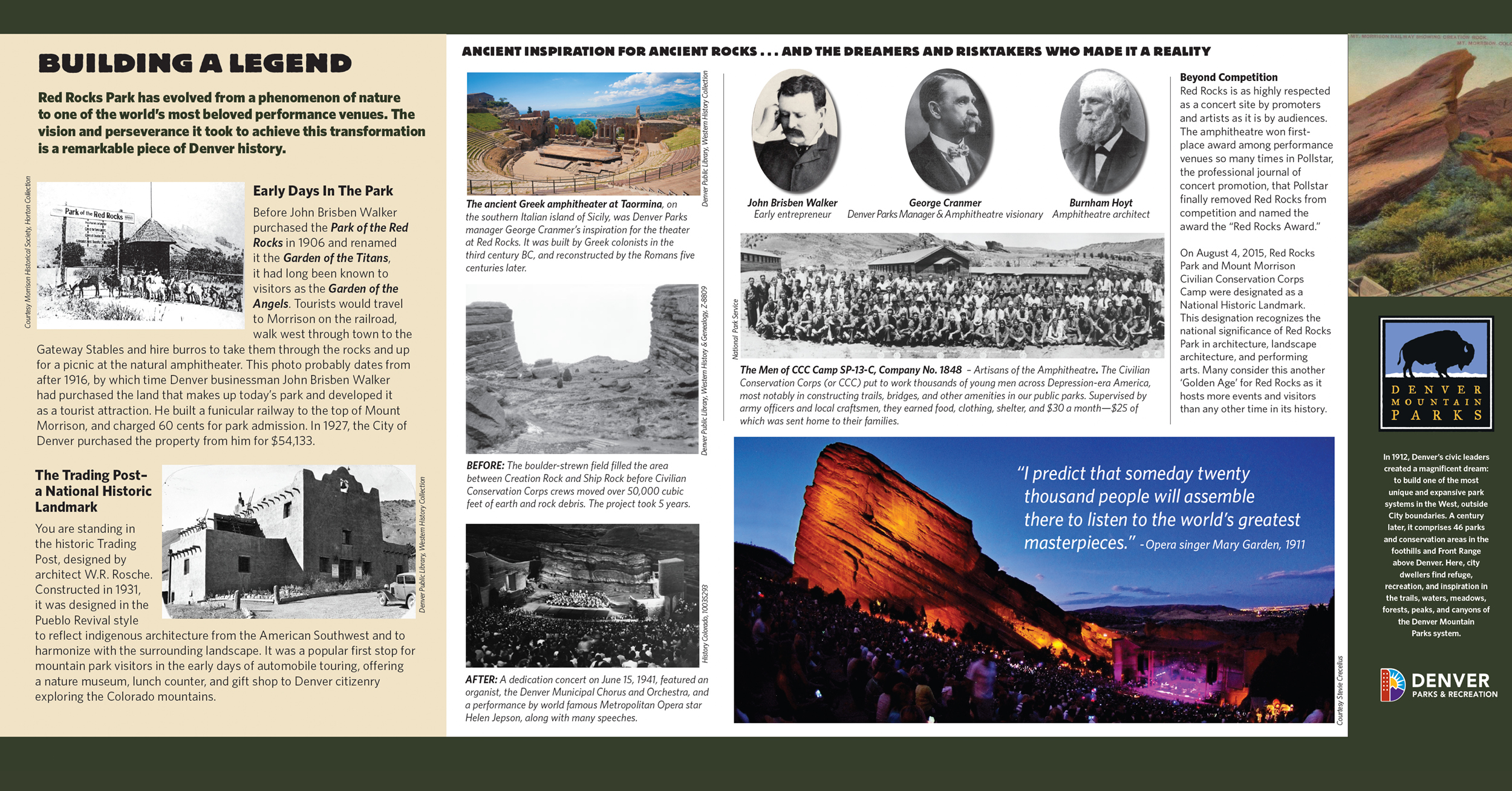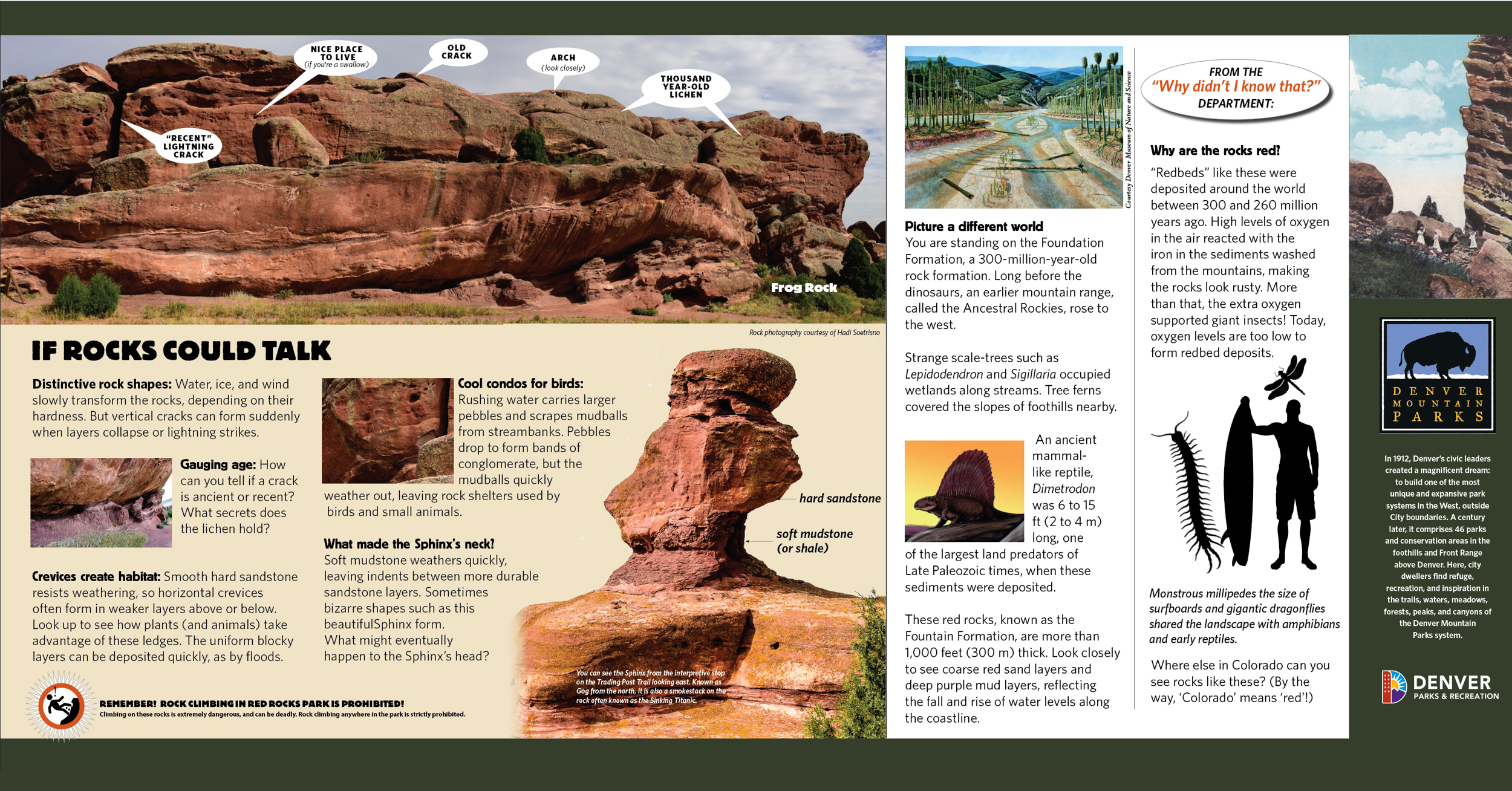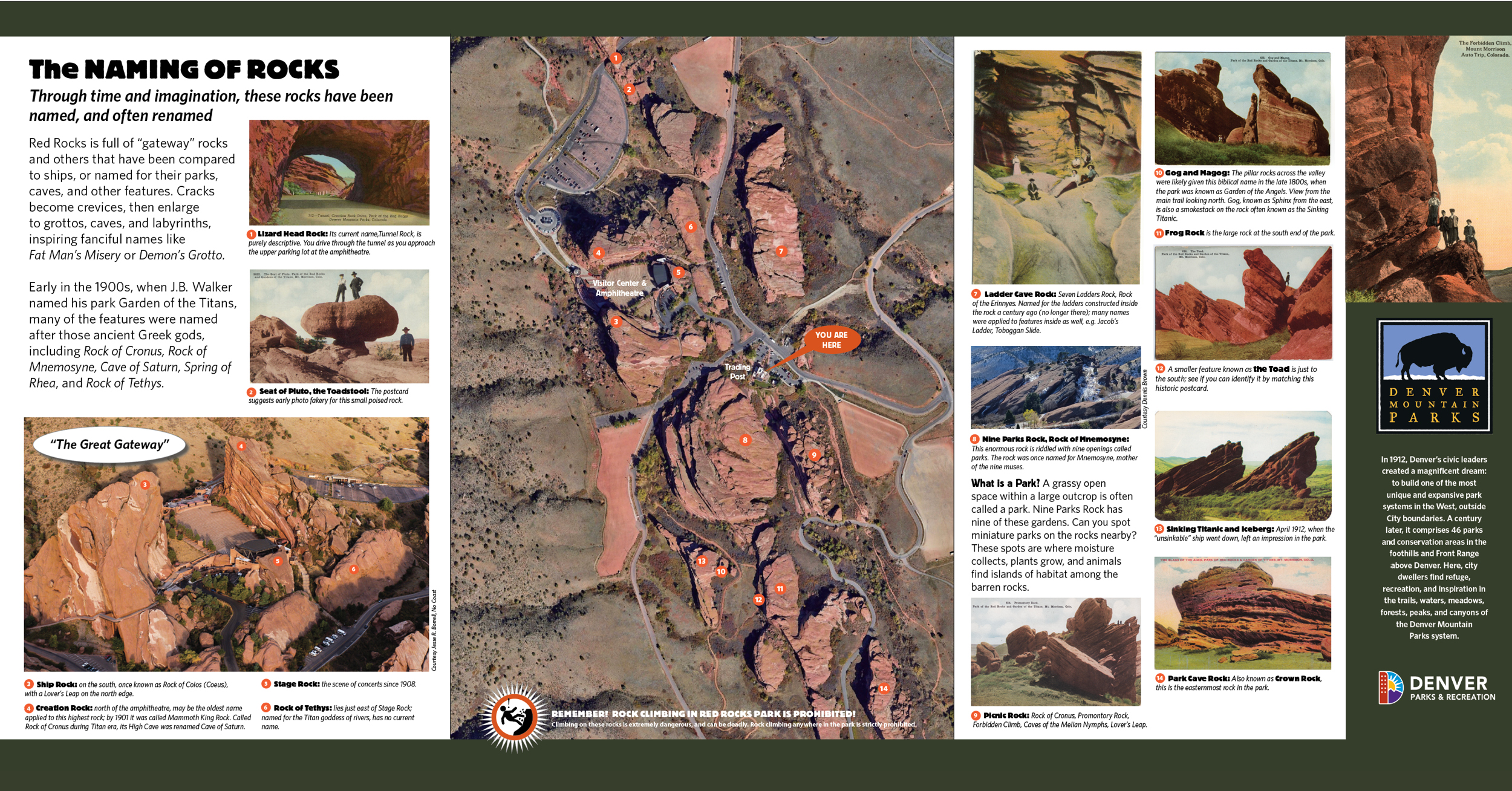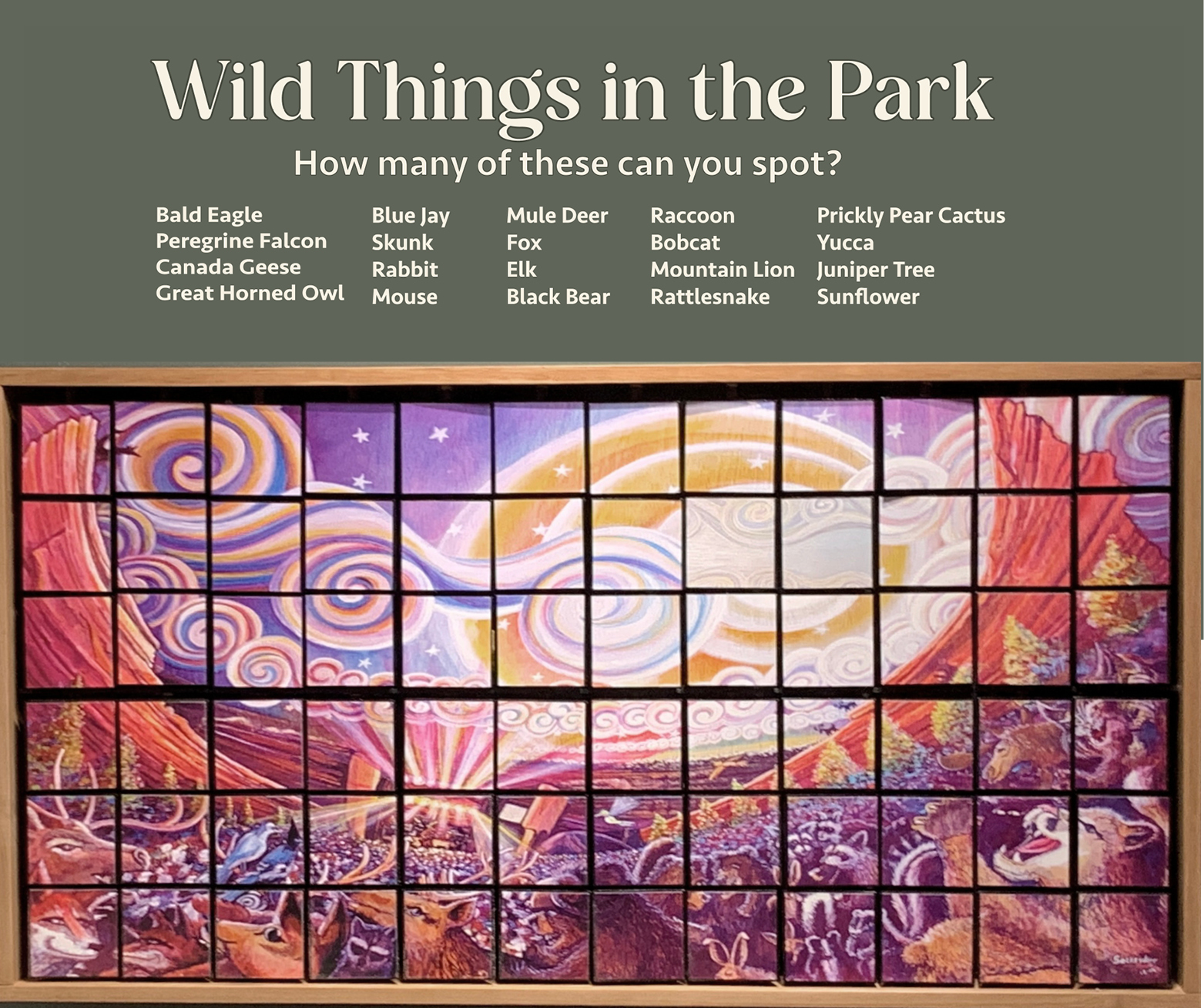Building A Legend

Red Rocks Park has evolved from a phenomenon of nature to one of the world’s most beloved performance venues. The Vision and perseverance it took to achieve this transformation is a remarkable piece of Denver history.
Early Days In the Park
Before John Brisben Walker purchased the Park of the Red Rocks in 1906 and renamed it the Garden of the
Titans, it had long been known to visitors as the Garden of the Angels. Tourists would travel to Morrison on the railroad, walk west through town to the Gateway Stables and hire burros to take them through the rocks and up for a picnic at the natural amphitheater. This photo probably dates from after 1916, by which time Denver businessman John Brisben Walker had purchased the land that makes up today’s park and developed it as a tourist attraction. He built a funicular railway to the top of Mount Morrison and charged 60 cents for park admission. In 1927, the City of Denver purchased the property from him for $54,133.
The Trading Post: A National Historic Landmark
You are standing in the historic Trading Post, designed by architect W.R. Rosche. Constructed in 1931, it was designed in the Pueblo Revival style to reflect indigenous architecture from the American Southwest and to harmonize with the surrounding landscape. It was a popular first stop for mountain park visitors in the early days of automobile touring, offering a nature museum, lunch counter, and gift shop to Denver citizenry exploring the Colorado mountains.
Ancient Inspiration for Ancient Rocks
The ancient Greek amphitheater at Taormina, on the southern Italian island of Sicily, was Denver Parks manager George Cranmer’s inspiration for the theater at Red Rocks. It was built by Greek colonists in the third century BC and reconstructed by the Romans five centuries later.
Before: The boulder-strewn field filled the area between Creation Rock and Ship Rock before Civilian Conservation Corps crews moved over 50,000 cubic feet of earth and rock debris. The project took 5 years.
After: A dedication concert on June 15, 1941, featured an organist, the Denver Municipal Chorus and Orchestra, and a performance by world famous Metropolitan Opera star Helen Jepson, along with many speeches.
The Men of CCC Camp SP-13-C, Company No. 1848 – Artisans of the Amphitheatre
The Civilian Conservation Corps (CCC) put to work thousands of young men across Depression-era America, most notably in constructing trails, bridges, and other amenities in public parks. Supervised by army officers and local craftsmen, they earned food, clothing, shelter, and $30 a month — $25 of which was sent home to their families.
“I predict that someday thousand people will assemble there to listen to the world’s greatest masterpieces.” – Opera singer Mary Garden, 1911
Beyond Competition
Red Rocks is as highly respected as a concert site by promoters and artists as it is by audiences. The amphitheatre won first-place award among performance venues so many times in Pollstar,
the professional journal of concert promotion, that Pollstar finally removed Red Rocks from competition and named the award the “Red Rocks Award.”
On August 4, 2015, Red Rocks Park and Mount Morrison Civilian Conservation Corps Camp were designated as a National Historic Landmark. This designation recognizes the national significance
of Red Rocks Park in architecture, landscape architecture, and performing arts. Many consider this another ‘Golden Age’ for Red Rocks as it hosts more events and visitors than any other time in its
history.











